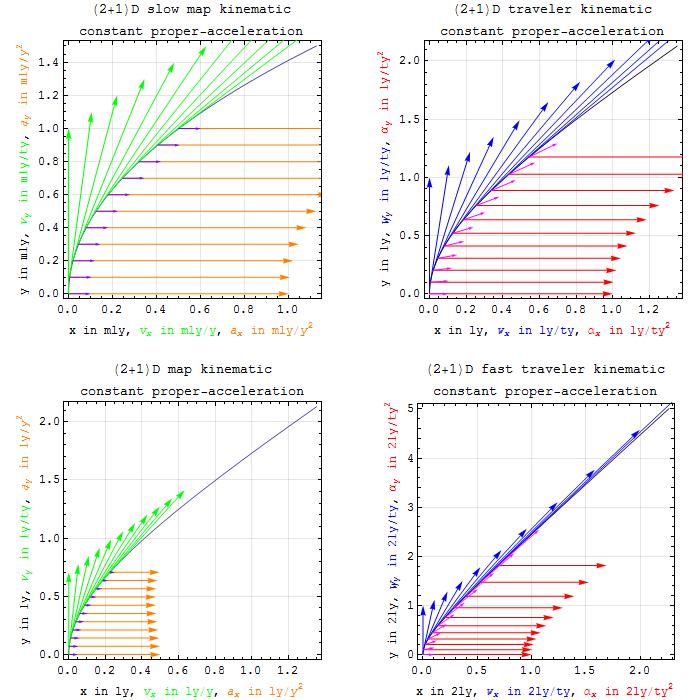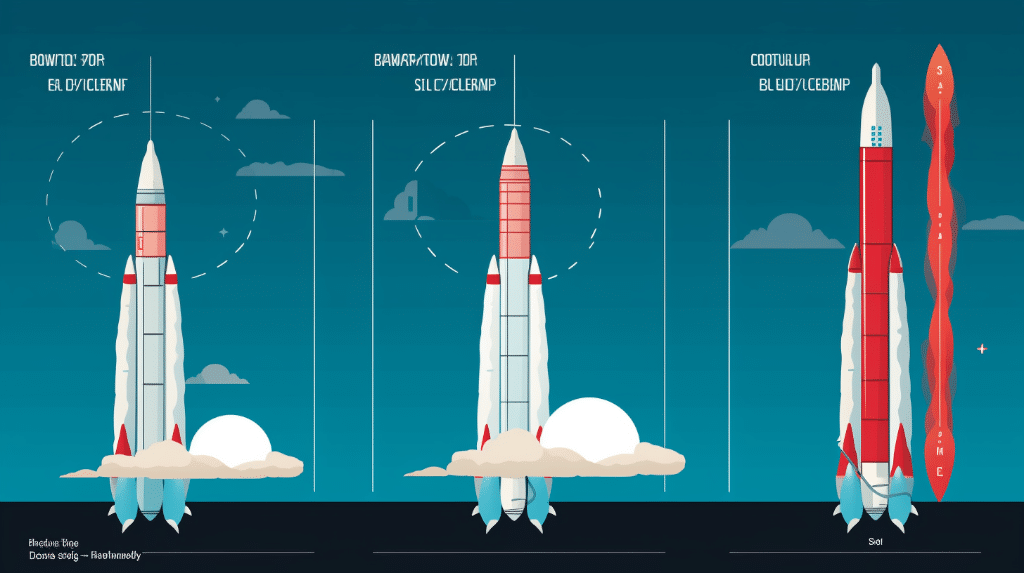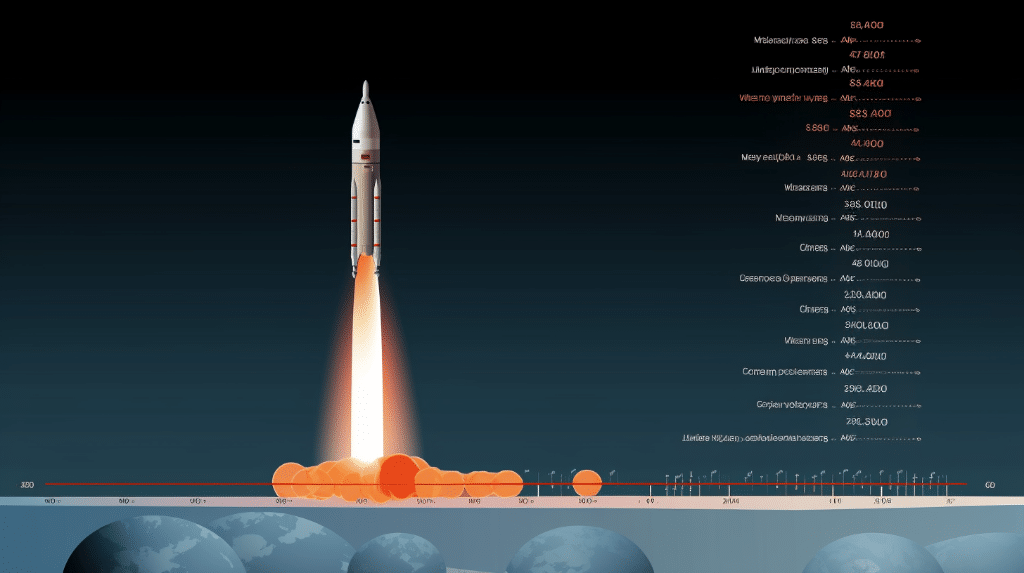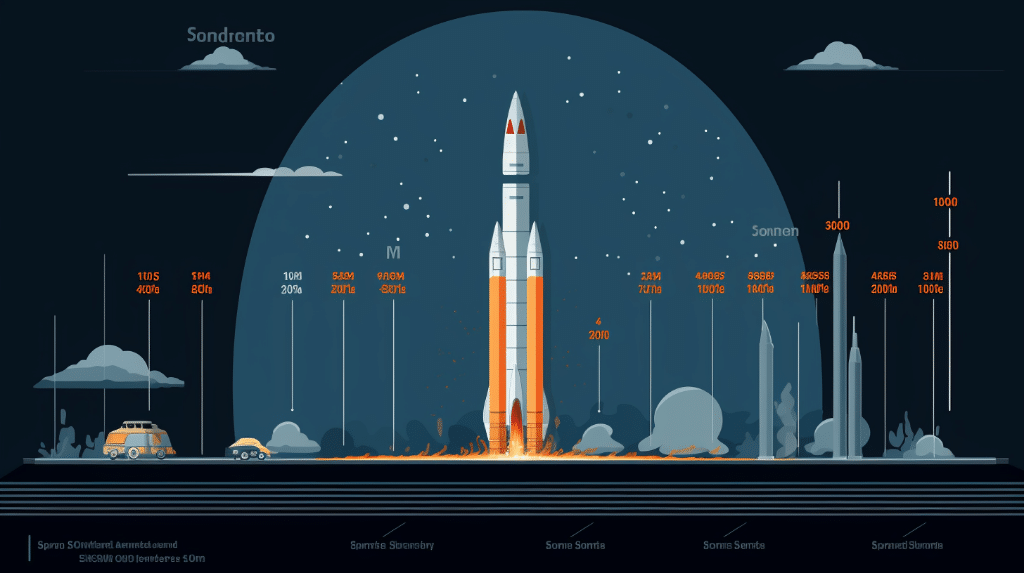In physics, velocity is a fundamental concept that describes the rate at which an object changes its position in a given direction. To find velocity with acceleration and mass, we need to understand the mathematical relationship between these variables. This relationship is crucial for determining the final velocity of an object when subjected to certain forces or accelerations. In this blog post, we will dive into this topic and explore the formulas, examples, and step-by-step calculations necessary to find velocity using acceleration and mass.
The Mathematical Relationship Between Velocity, Acceleration, and Mass
The Formula for Velocity

Before we dive into the relationship between velocity, acceleration, and mass, let’s start with the formula for velocity. Velocity is defined as the rate of change of displacement with respect to time. Mathematically, it can be represented as:
![]()
Here, displacement refers to the change in position of an object, and time represents the duration in which the change occurs. This formula helps us quantify how fast an object is moving in a particular direction.
How Acceleration and Mass Affect Velocity
Acceleration is the rate at which an object’s velocity changes over time. It can be caused by various factors, such as the application of force or gravitational pull. The equation for acceleration is:
![]()
Mass, on the other hand, refers to the amount of matter present in an object. It determines an object’s resistance to changes in motion. The greater the mass, the more force is required to change its velocity. This concept is known as inertia.
When considering velocity, acceleration, and mass together, we need to understand their relationship. The force acting on an object is directly proportional to its mass and acceleration, according to Newton’s second law of motion. Mathematically, this can be expressed as:
![]()
Closely related to force is momentum, which is the product of an object’s mass and velocity. It is represented by the formula:
![]()
The Relationship Between Velocity and Acceleration

When an object undergoes constant acceleration, the relationship between velocity, acceleration, and time can be represented using the following equation:
![]()
This equation shows that the final velocity of an object depends on its initial velocity, the acceleration it experiences, and the duration of the acceleration.
Step-by-Step Guide on How to Calculate Velocity with Acceleration and Mass
Now that we understand the mathematical relationship between velocity, acceleration, and mass, let’s discuss the step-by-step process of calculating velocity using these variables.
Identifying the Given Variables
To calculate velocity, we need to identify the variables given in the problem. These typically include the initial velocity, acceleration, and time. It’s important to have a clear understanding of the problem statement and gather all the necessary information.
Applying the Formula
Once we have the given variables, we can apply the relevant formula to calculate the final velocity. Depending on the problem, we may use the equation for velocity with constant acceleration or the equation for force using mass and acceleration.
Solving for Velocity
After substituting the known values into the formula, we can solve for the final velocity. It’s important to pay attention to the units of measurement and ensure they are consistent throughout the calculation.
Worked Out Examples
Let’s now apply the concepts we’ve discussed to some worked-out examples to further illustrate how to find velocity with acceleration and mass.
Example 1: Finding Velocity with Given Acceleration and Mass

Suppose a car with a mass of 1000 kg experiences an acceleration of 5 m/s². What is the final velocity of the car after 10 seconds?
To solve this problem, we can use the equation for velocity with constant acceleration:
![]()
Since the initial velocity is not given, we can assume it to be zero:
![]()
After substituting the values, we find that the final velocity of the car is 50 m/s.
Example 2: Calculating Velocity with Mass, Height, and Acceleration
Consider an object with a mass of 2 kg that is dropped from a height of 10 meters. If the object experiences a constant acceleration due to gravity, what is its final velocity just before hitting the ground?
To solve this problem, we need to consider the relationship between gravitational acceleration and velocity. The acceleration due to gravity is approximately 9.8 m/s². Using the equation for velocity with constant acceleration, we can calculate the final velocity:
![]()
As the object is dropped from rest, the initial velocity is zero. The time taken to fall can be determined using the equation for displacement with constant acceleration:
![]()
Solving for time, we find:
![]()
Simplifying the equation, we get:
![]()
Substituting the values into the equation for velocity, we find that the object’s final velocity just before hitting the ground is approximately 13.96 m/s.
Example 3: Determining Velocity with Force, Mass, and Acceleration
Suppose a force of 500 N is applied to an object with a mass of 50 kg, resulting in an acceleration of 10 m/s². What is the final velocity of the object?
To solve this problem, we can use Newton’s second law of motion, which states that force is equal to mass multiplied by acceleration:
![]()
Rearranging the equation, we can find the acceleration:
![]()
Now, we can use the equation for velocity with constant acceleration to find the final velocity:
![]()
Assuming the initial velocity is zero, we can solve for the final velocity:
![]()
Since the time is not given in the problem, we cannot determine the final velocity without this information.
These worked-out examples demonstrate how to find velocity using acceleration and mass in different scenarios. By applying the relevant formulas and understanding the relationships between these variables, we can calculate the final velocity of an object.
How can you calculate velocity using acceleration and distance?
To calculate velocity using acceleration and distance, you can use the equation v = sqrt(2 * a * d), where v represents velocity, a represents acceleration, and d represents distance. By plugging in the given values for acceleration and distance, you can find the velocity of an object. To learn more about this topic, you can refer to the article on Lambda Geeks: Calculate velocity using acceleration and distance.
Numerical Problems on how to find velocity with acceleration and mass

Problem 1:
A car of mass ![]() kg is moving with an acceleration of
kg is moving with an acceleration of ![]() m/s
m/s![]() . Determine the velocity of the car after
. Determine the velocity of the car after ![]() seconds.
seconds.
Solution:
Given:
Mass of the car, ![]() kg
kg
Acceleration, ![]() m/s
m/s![]()
Time, ![]() seconds
seconds
We know that velocity is given by the equation:
![]()
Where:
![]() is the final velocity
is the final velocity
![]() is the initial velocity
is the initial velocity
![]() is the acceleration
is the acceleration
![]() is the time
is the time
Since the car starts from rest (initial velocity ![]() ), the equation becomes:
), the equation becomes:
![]()
![]()
![]() m/s
m/s
Therefore, the velocity of the car after 10 seconds is 50 m/s.
Problem 2:
A rocket of mass ![]() kg is launched with an acceleration of
kg is launched with an acceleration of ![]() m/s
m/s![]() . Calculate the velocity of the rocket after
. Calculate the velocity of the rocket after ![]() seconds.
seconds.
Solution:
Given:
Mass of the rocket, ![]() kg
kg
Acceleration, ![]() m/s
m/s![]()
Time, ![]() seconds
seconds
Using the equation:
![]()
Where:
![]() is the final velocity
is the final velocity
![]() is the initial velocity
is the initial velocity
![]() is the acceleration
is the acceleration
![]() is the time
is the time
Since the rocket starts from rest (initial velocity ![]() ), the equation becomes:
), the equation becomes:
![]()
![]() m/s
m/s
Therefore, the velocity of the rocket after 5 seconds is 100 m/s.
Problem 3:
A cyclist of mass ![]() kg accelerates from rest to a velocity of
kg accelerates from rest to a velocity of ![]() m/s in a time of
m/s in a time of ![]() seconds. Calculate the acceleration of the cyclist.
seconds. Calculate the acceleration of the cyclist.
Solution:
Given:
Mass of the cyclist, ![]() kg
kg
Velocity, ![]() m/s
m/s
Time, ![]() seconds
seconds
Using the equation:
![]()
Where:
![]() is the final velocity
is the final velocity
![]() is the initial velocity
is the initial velocity
![]() is the acceleration
is the acceleration
![]() is the time
is the time
Since the cyclist starts from rest (initial velocity ![]() ), the equation becomes:
), the equation becomes:
![]()
Simplifying the equation:
![]()
![]()
![]() m/s
m/s![]()
Therefore, the acceleration of the cyclist is 1.25 m/s![]() .
.
Also Read:
- How to find launch velocity
- Is angular velocity a vector
- How to determine velocity in quantum decoherence
- Is angular velocity constant
- How to measure velocity in quantum cryptography
- How to find velocity in electromagnetic waves
- How to measure velocity in astrophysics
- How to find initial velocity
- Negative velocity graph
- How to calculate velocity in magnetic fields
I am Keerthi K Murthy, I have completed post graduation in Physics, with the specialization in the field of solid state physics. I have always consider physics as a fundamental subject which is connected to our daily life. Being a science student I enjoy exploring new things in physics. As a writer my goal is to reach the readers with the simplified manner through my articles.